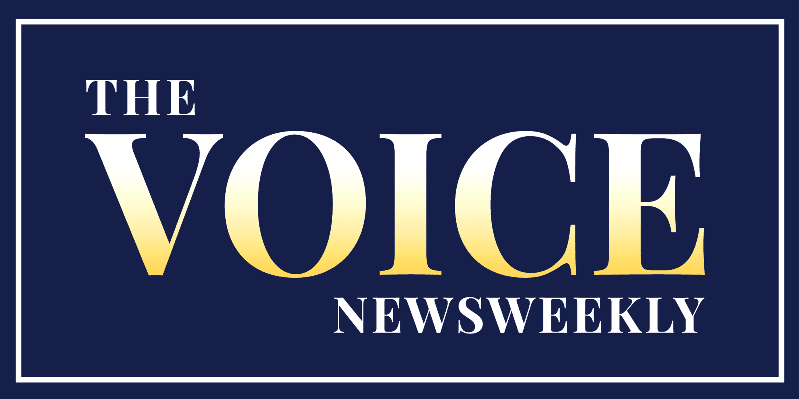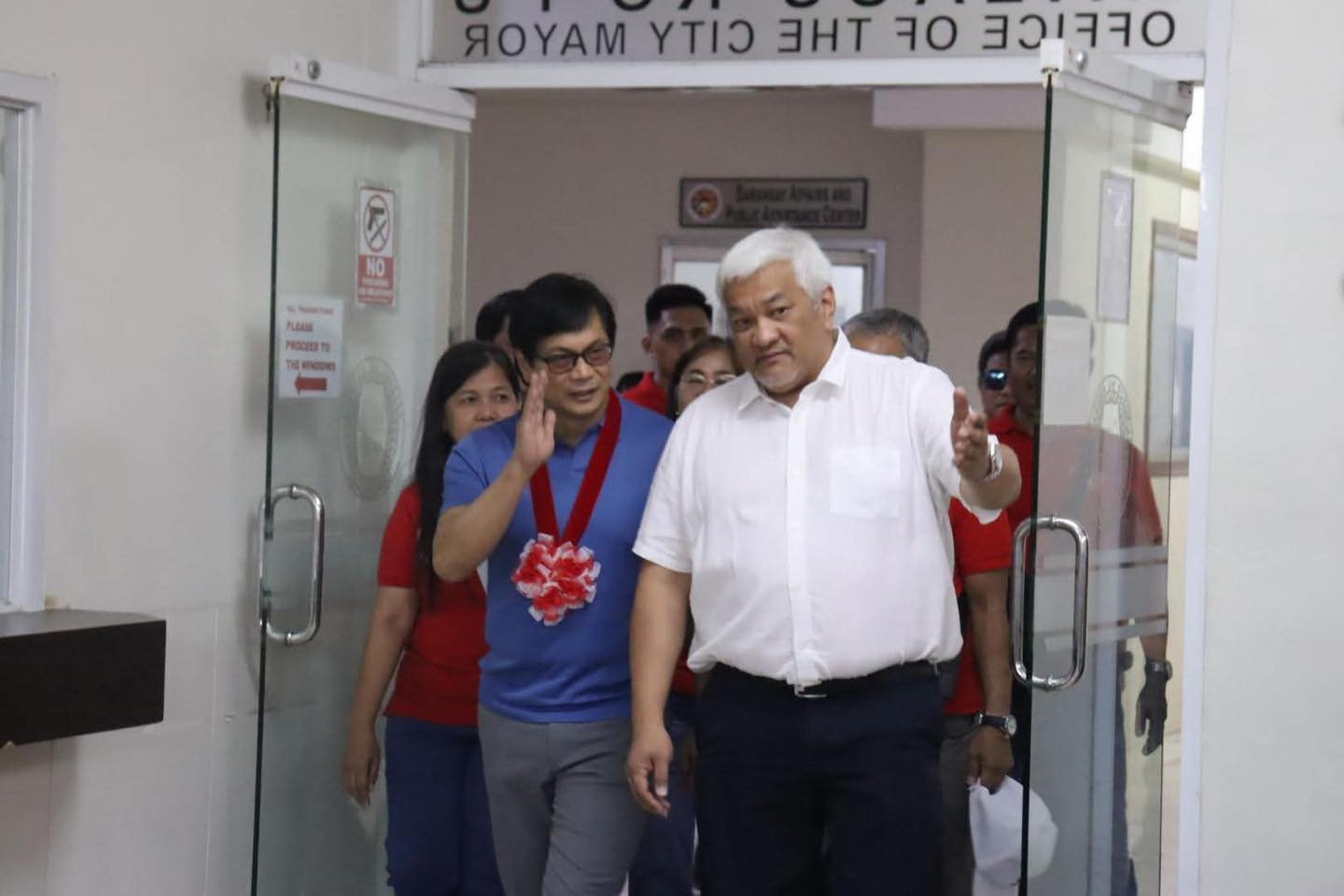Department of Budget and Management (DBM) USec Goddes Hope Libiran urged the public not to quickly believe in individuals who color or distort matters that are not anomalies, clarifying the process behind the release of the national budget. She explained that since the establishment of the DBM, the government has consistently conducted comprehensive releases of the budget once the General Appropriations Act (GAA) is signed.
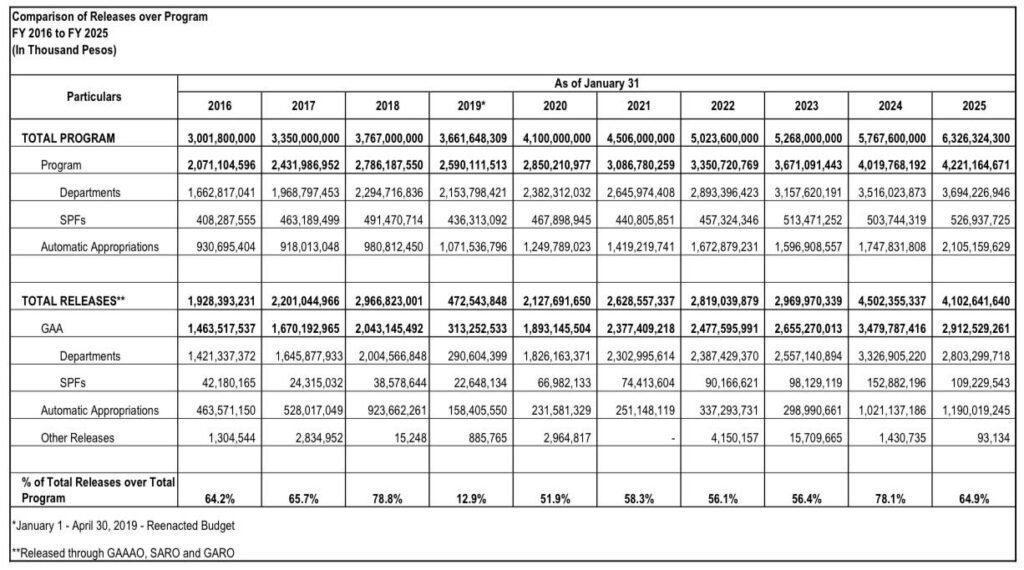
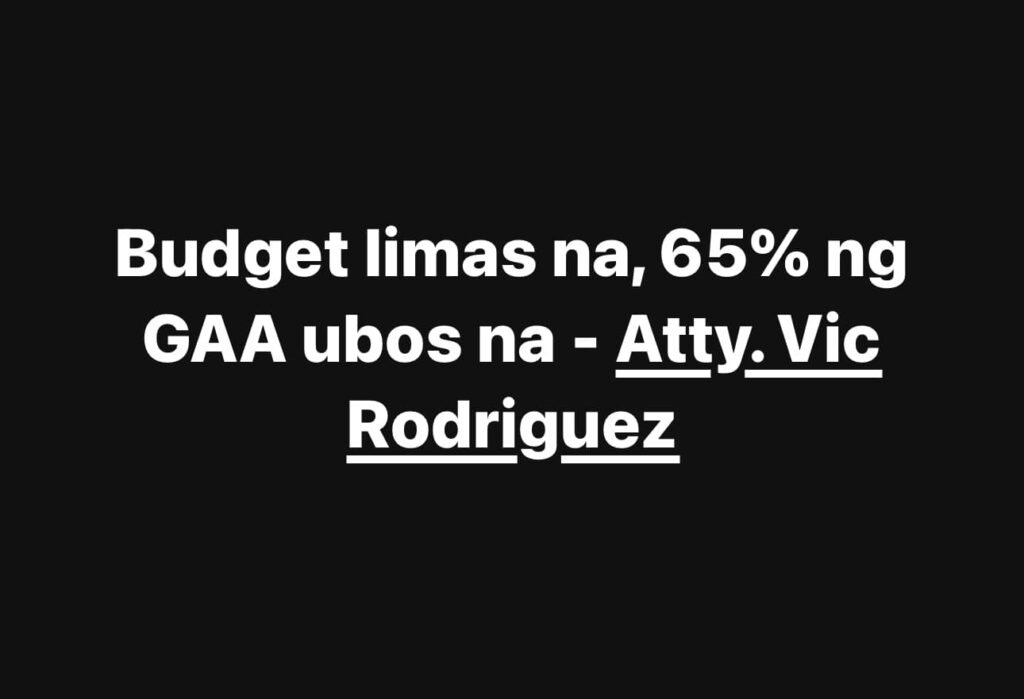
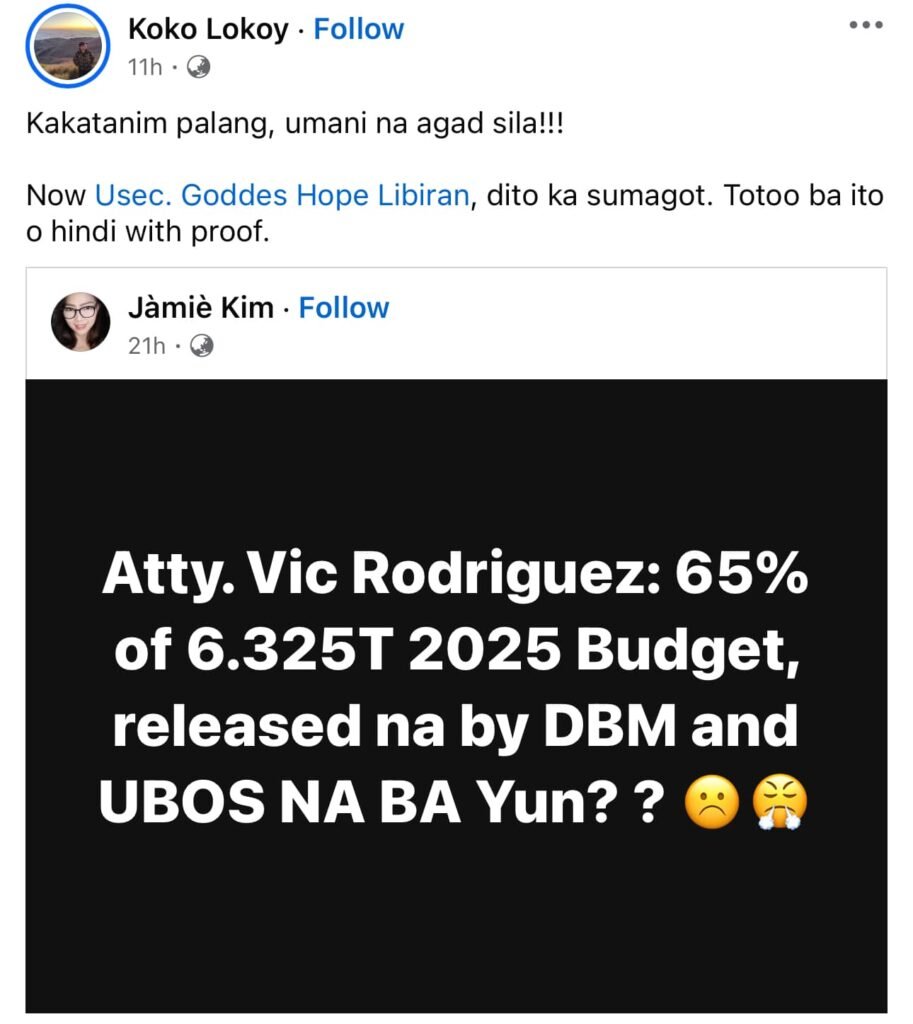
Libiran emphasized that there are two main classifications for budget releases: comprehensive releases and later releases, which are now referred to as For Issuance of SARO (FISARO). When the GAA is signed, the law itself serves as an allotment order (GAAAO) for specific programs, activities, and projects, such as employee salaries, allowances, mandatory operational requirements, ongoing projects, and the built-in calamity fund of agencies. These allocations are based on the original national expenditure program submitted by the DBM to Congress the previous year.
To provide historical context, Libiran presented data on the percentage of the national budget released as of January 31 each year:
- 2016: 64.2%
- 2017: 65.7%
- 2018: 78.8%
- 2019 (reenacted budget): 12.9%
- 2020: 51.9%
- 2021: 58.3%
- 2022: 56.1%
- 2023: 56.4%
- 2024: 78.1%
- 2025: 64.9%
Libiran further clarified that when a budget is described as “comprehensively released,” it does not mean that the funds have already been fully spent. Instead, it indicates that the funds are readily available for agencies to implement specific programs and projects without delay. For example, government salaries are not exhausted by January; they are disbursed monthly throughout the year. Similarly, calamity funds released in January do not mean they are used up but can be tapped by agencies like DepEd, DSWD, AFP, and others in the event of a disaster.
For the 2025 national budget, Libiran pointed out that all congressional insertions—changes made by Congress to the original National Expenditure Program (NEP)—are subject to FISARO. This means they are not comprehensively released and cannot be accessed unless the implementing agency, DBM, and the Office of the President comply with the required conditions. This process aligns with the President’s veto message and existing budgeting laws, rules, and regulations.
Libiran concluded by expressing her hope that her explanation clarified the matter for the public.
